Background
Spinal Cord Stimulation (SCS) is a form of neuromodulation that delivers small doses of electricity to nervous system in the spine order to alter – or modulate – the perception of pain. Neuromodulation began in the early 1960s to resolve chronic and intractable pain, and significant advancement have occurred over the last 40 years. Recent discoveries have helped us further understand how neuromodulation works, for which conditions it is beneficial, and the optimal equipment design. The new advancements in technology have resulted in significant progress in effectively managing chronic pain conditions which have traditionally been challenging to treat.
How it works
SCS involves the delivery of electrical signals near the spinal cord to reduce and control pain for certain medical conditions in appropriately selected patients. Chronic pain conditions that can be treated with SCS include Complex Regional Pain Syndrome (CRPS), persistent pain after back and neck surgery, neuropathy, radiculopathy, injuries to the spinal cord, and neuropathic pain after amputation.
The SCS device typically consists of two leads with electrodes that are precisely placed in the spinal canal. The leads connect to battery (i.e. generator) which generates the necessary electrical stimulation. The generator is controlled by the patient using a remote control. The generator sends an electrical current to the leads, which therefore provides electrical stimulation to the spinal cord. These electrical signals modulate the way pain is processed.
Since SCS essentially is using electricity as medicine, a large portion of providing the maximum medical benefit to patients involves proper dosing of electricity through programming. As part of the care plan, a clinical field engineer works in tandem and under physician direction to help provide the patient with optimal programs for pain reduction.
SCS is an established treatment for numerous pain conditions with documented high levels of scientific evidence.
Why SCS and how is it performed?
SCS can improve quality of life by reducing pain levels, aiding the patient in performing their normal day-today activities and improving sleep, while reducing the need for pain medications.
Spinal cord stimulators require two procedures: a test (trial phase) and implantation (permanent implant). In both stages, a physician places two leads into the spinal canal which is guided by an x-ray. Also, the location of pain influences where the physician places the leads in the spine.
The first stage is the trial phase, which allows the patient to test out the device and helps predict the success of permanent implantation. The patient will evaluate how well the device reduces their pain for 3-7 days before the leads are safely removed. Based on the trial results, the healthcare provider and the patient decide together whether to advance to permanent implantation.
During permanent implantation the leads are placed in the spinal canal, and the generator is implanted beneath the skin. Following implant, SCS may be used along with other pain management treatments including physical therapy in a multimodal treatment plan.
Advances in SCS
Since the introduction of SCS therapy, there have been significant advancements in both the hardware and software to significantly improve pain control. Conventional SCS uses a tonic waveform in which amplitude, frequency, and pulse width are constant to deliver electrical stimulation. In addition to traditional SCS, other types and patterns of stimulation have been developed in order to provide more patients greater control of the settings to optimize pain control and improvement in function.
For example, high frequency of stimulation provides paresthesia-free pain relief. Additional programs have been developed to help modulates the neuronal-glial cell interaction to provide pain relief. Each of these therapies has been demonstrated to provide significant relief of chronic pain.
The functionality of the systems have also improved. Certain SCS systems can now detect changes in body positioning, helping to optimize SCS treatment with certain movements. Also, MRI conditionality with SCS devices continues to improve. This allows patients with SCS implants to undergo important imaging under specified conditions. Researchers continue to advance SCS therapy. Future developments include closed-loop SCS, which automatically adjusts to maintain the appropriate level of SCS therapy by monitoring the spinal cord’s response to treatment.
SCS is a rapidly advancing technology with numerous options proven to provide significant pain relief to specific chronic pain conditions in appropriately selected patients.
Contact form
Or just call (412) 221-7640 and we’ll do everything we can to help.
Across all review platforms
Dr. David Provenzano, a leading expert throughout the nation for treating patients who suffer daily from pain, uses advanced diagnostic techniques to assess the source of the pain and develop a comprehensive and safe treatment approach that can significantly reduce your pain.

